*This blog post is a short extract from a paper I gave at Tolkien Society’s 2012 conference (Return of the Ring, Loughborough University, 16-20 August 2012), titled: “Elves, Goblins and Other ‘Fairy’ Things in The Hobbit: Tolkien’s Victorian and Edwardian Inspirations”.
I’ve written and spoken many times in the past on Tolkien’s creative engagement with the imagery of Victorian fairies, both in his early poems, and in the first version of his mythology, as recorded in The Book of Lost Tales[i]. But I want to focus a bit more on goblins this time round, especially in The Hobbit, and to explore how Tolkien’s fascination with “fairy things” continued well after he abandoned the Lost Tales.
Goblins were part of the inventory of “fairy creatures” amply used in Victorian paintings, illustrations and literature – and this was, of course, the time J.R.R. Tolkien was born and grew up. Victorian fairy painting often combined beautiful fairies with grotesque goblin- or dwarf-like creatures that seem mischievous at best, and evil at worst. See, for example, Richard Dadd’s celebrated painting The Fairy Feller’s Master-Stroke (below), a masterpiece of its kind, which really repays close observation. Some of the creatures here are beautiful and majestic, others are misshapen, grotesque and somewhat uncomfortable to look at. Clearly, Victorian fairies were not only conceived as the stuff that dreams are made of, but also nightmares!
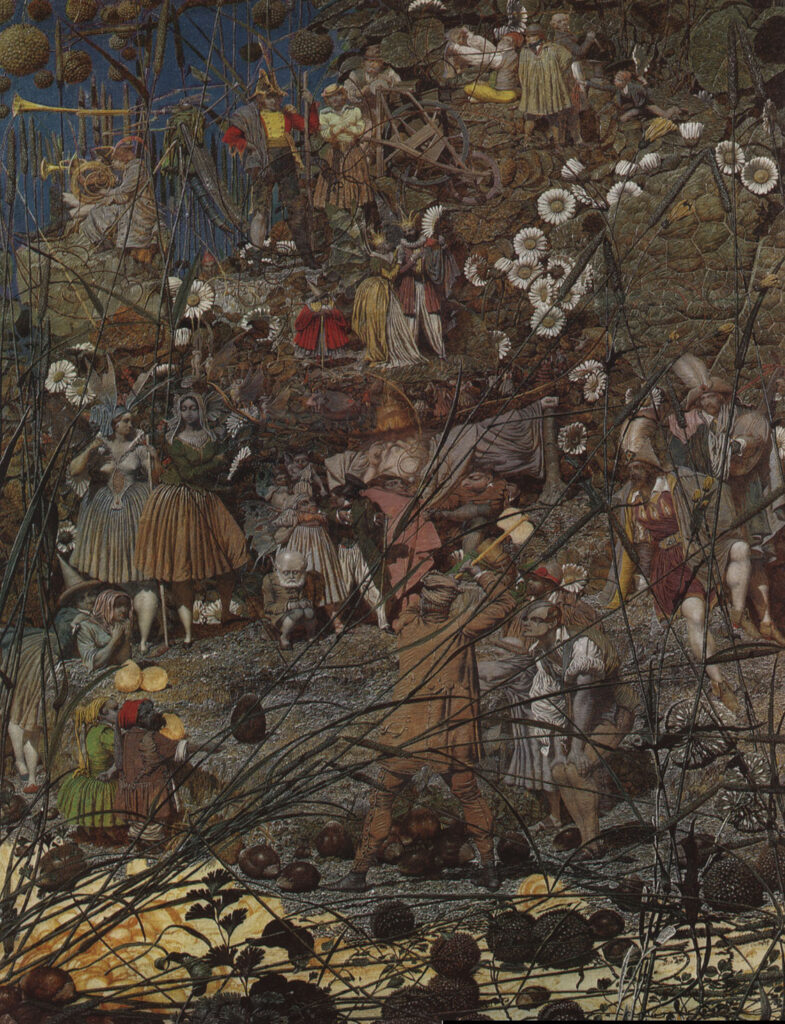
Richard Dadd. Fairy Fellers’ Master-Stroke. 1855–1864. Oil on canvas. 54 × 39.5 cm. Tate Gallery, London. 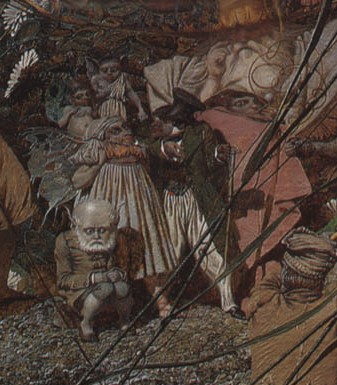
Detail from Richard Dadd’s Fairy Fellers’ Master-Stroke.
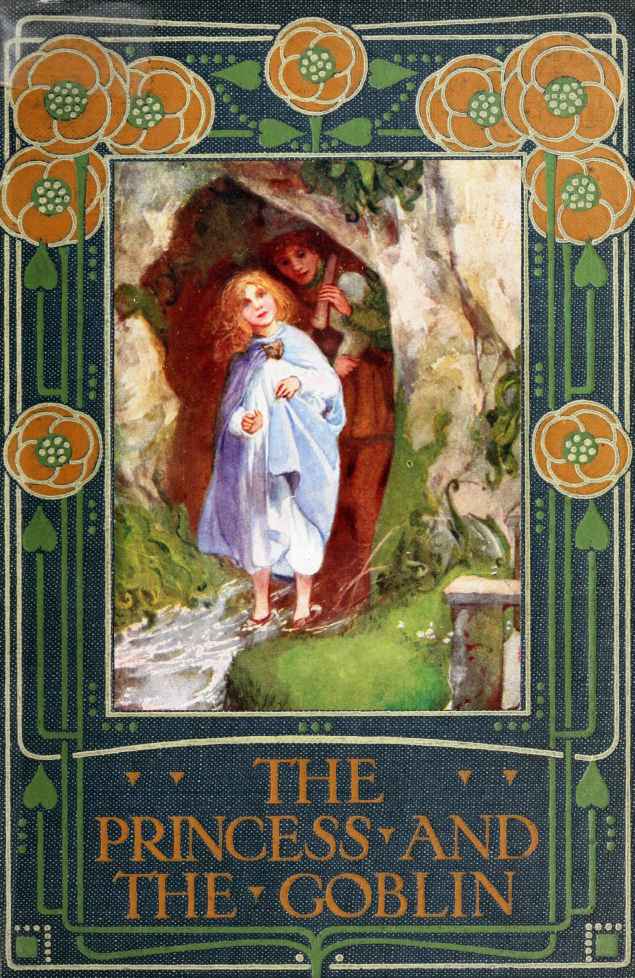
In The Hobbit, Tolkien’s goblins are not described in detail, but we first encounter them coming out of the earth, literally springing out of a crack in the cave where the Dwarves and company have found temporary shelter. The idea of goblins living underground is very much at the centre of George MacDonald’s children’s fantasy books The Princess and the Goblin and The Princess and Curdie. A number of Tolkien scholars, including Douglas Anderson, John Rateliff, have commented on MacDonald’s influence on Tolkien[ii], but I would like to draw your attention to another Victorian text (and its illustrations) that portrays goblins living underground and shows similarities with the behavior of the Hobbit goblins.
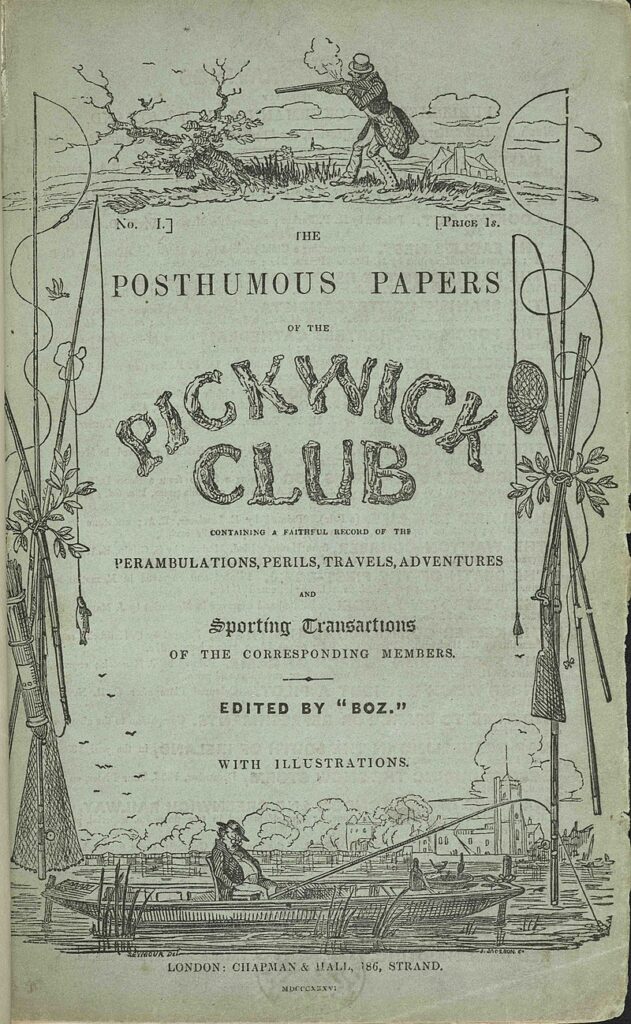
This is chapter 29 of The Pickwick Papers, by Charles Dickens: “The Story of the Goblins who stole a Sexton”. Most people know this little story as the “prototype” of A Christmas Carol. The sexton in question is Gabriel Grub, “an ill-conditioned, cross-grained, surly fellow – a morose and lonely man, who consorted with nobody but himself”, a man who hates Christmas and children. On Christmas Eve, he decides to spend the night by digging a new grave for the next funeral at the church, but he meets there the goblin king and he is spirited away by the goblins. He is taken to a cave, where he is shown visions of family love, goodwill and charity, while in-between these scenes he also receives some abuse from the goblins in the form of kicks and beatings! By Christmas morning he is a different man! Gabriel Grub is, therefore, the prototype of Ebenezer Scrooge, whose supernatural experience on Christmas Eve transforms him and changes his heart.

Dickens’s goblins have “long, fantastic legs” and “sinewy arms”, they “leer maliciously” and they “laugh shrilly”. When they first reveal themselves to Gabriel, they all appear en masse, “whole troops of goblins”, just like in The Hobbit the goblins jump out all at once, “big goblins, great ugly-looking goblins, lots of goblins, before you could say rocks and blocks”.
Eventually, the goblin king grubs Gabriel and together they sink “through the earth” underground. In The Hobbit, Bilbo dreams that the floor of the cave in which he’s found himself, together with Gandalf and the dwarves, is “giving way”, and that he begins to “fall down, down, goodness knows where to”, until he wakes up and realizes this is no dream at all, and that the goblins lead him and the dwarves “down down to Goblin-town… far underground”.
Gabriel finds himself in a cave:
Gabriel Grub…found himself in what appeared to be a large cavern, surrounded on all sides by crowds of goblins, ugly and grim; in the centre of the room, on an elevated seat, was stationed his friend of the churchyard [the goblin king]…
(Charles Dickens, The Pickwick Papers, chapter 29)
Compare this with The Hobbit (I’ve highlighted similar diction):
…the dwarves… stumbled into a big cavern. It was lit by a great red fire in the middle, and by torches along the walls, and it was full of goblins. They all laughed and stamped and clapped their hands… There in the shadows on a large flat stone sat a tremendous goblin with a huge head, and armed goblins were standing round him…
(J.R.R. Tolkien, The Hobbit, chapter 4)
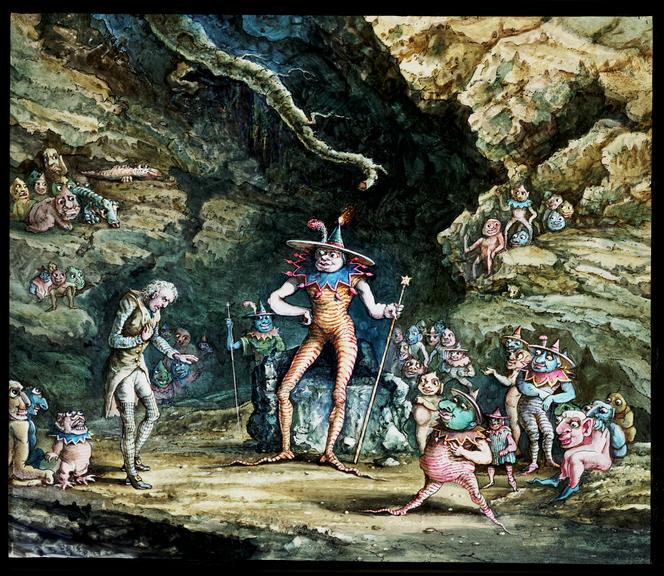
Dickens’s goblins beat, kick and generally physically abuse Gabriel. In-between showing him visions to reflect upon:
[the goblin king] administered a good sound kick to Gabriel Grub; immediately after which, all the goblins in waiting crowded round the wretched sexton, and kicked him without mercy…
(Charles Dickens, The Pickwick Papers, chapter 29)
Tolkien’s goblins are similarly physically abusive:
The goblins were very rough, and pinched unmercifully, and chuckled and laughed in their horrible stony voices;[iii]
(J.R.R. Tolkien, The Hobbit, chapter 4)
Last but not least, both sets of goblins have an evil-sounding “Ho, ho!” laugh.
NOTES
[i] See, for example, my article ‘“Come sing ye light fairy things tripping so gay”: Victorian Fairies and the Early Work of J. R. R. Tolkien’, as well as chapters 2, 3, and 4 of my book, Tolkien, Race, and Cultural History.
[ii] Douglas A. Anderson, The Annotated Hobbit. London: HarperCollins, 2003; John D. Rateliff, The History of the Hobbit, 2 volumes. London: HarperCollins, 2007.
[iii] This kind of behaviour is also replicated by another set of famous goblins in Victorian literature, those in Christina Rossetti’s narrative poem ‘Goblin Market’. Those goblins are half-animal and half-human, and when they fail to convince the virtuous Lizzy to try their fruits they resort to the same kind of abuse:
…the goblins cuff’d and caught her,
Coax’d and fought her,
Bullied and besought her,
Scratch’d her, pinch’d her black as ink,
Kick’d and knock’d her,
Maul’d and mock’d her…
There are a lot of similarities with Tolkien’s goblins who also pinch, grab, seize, beat, batter and stamp.
